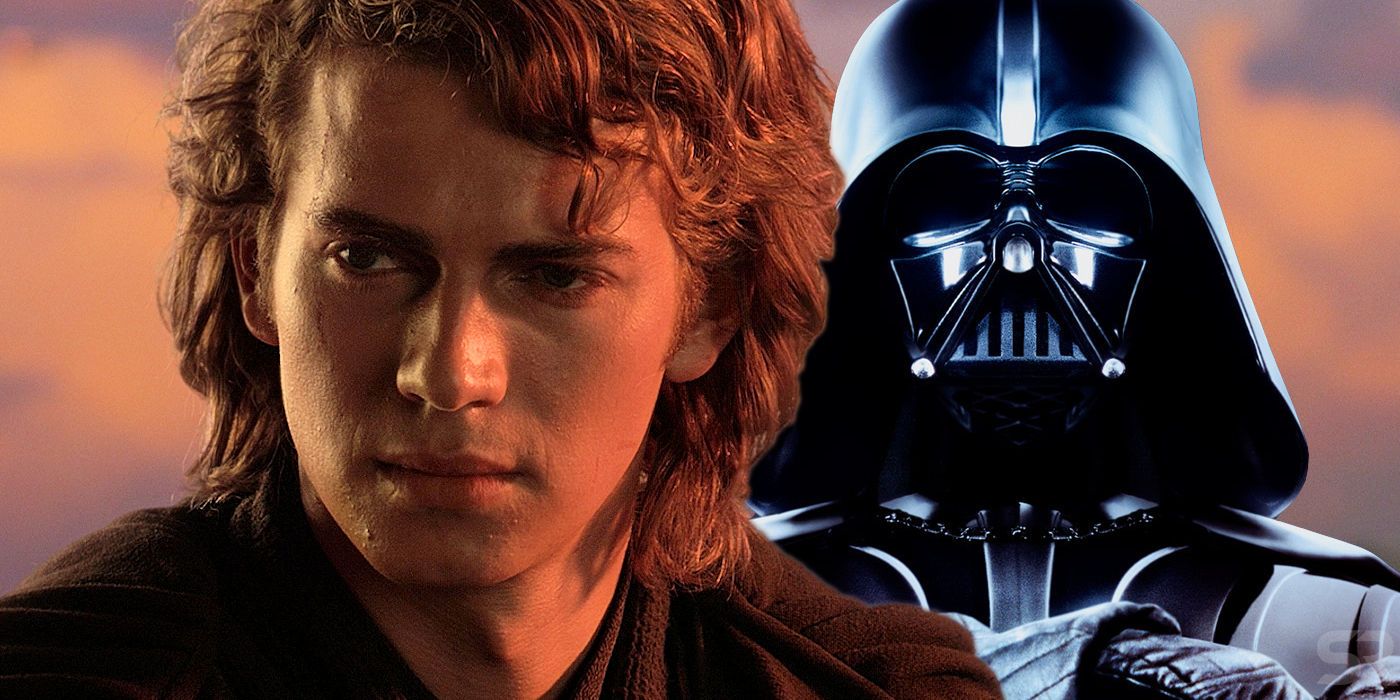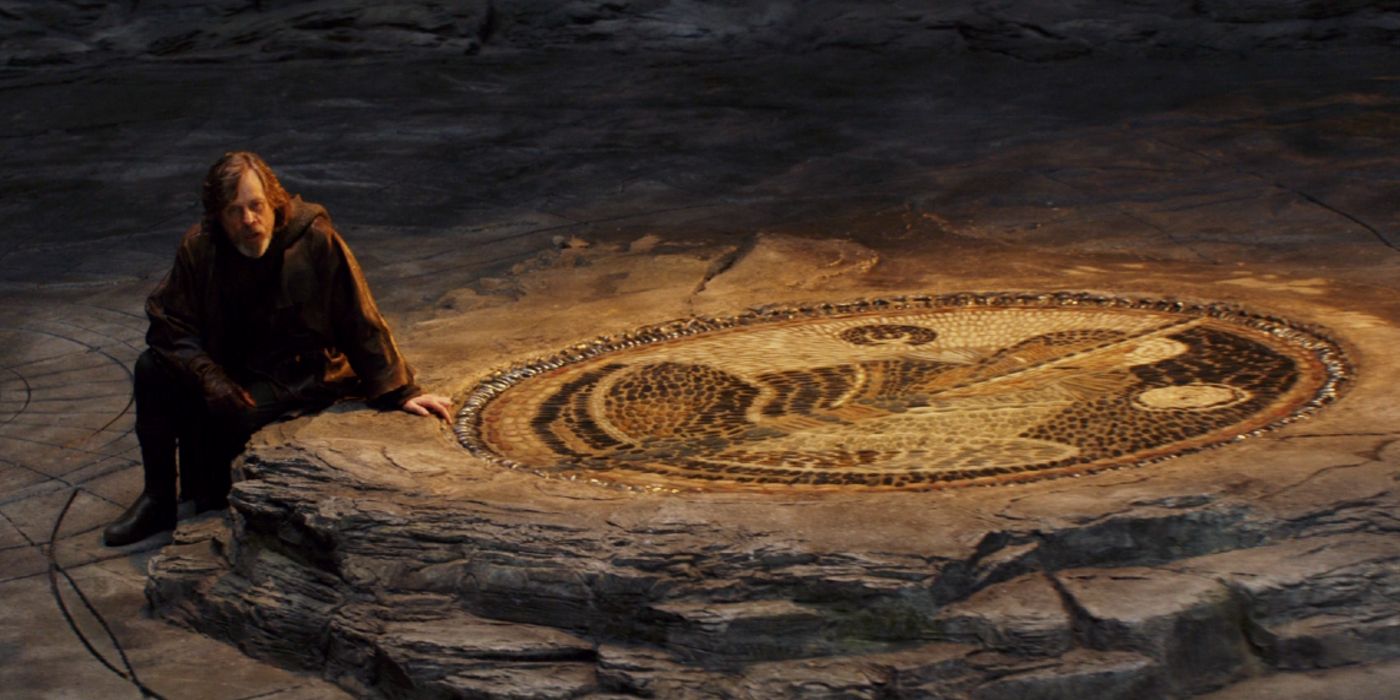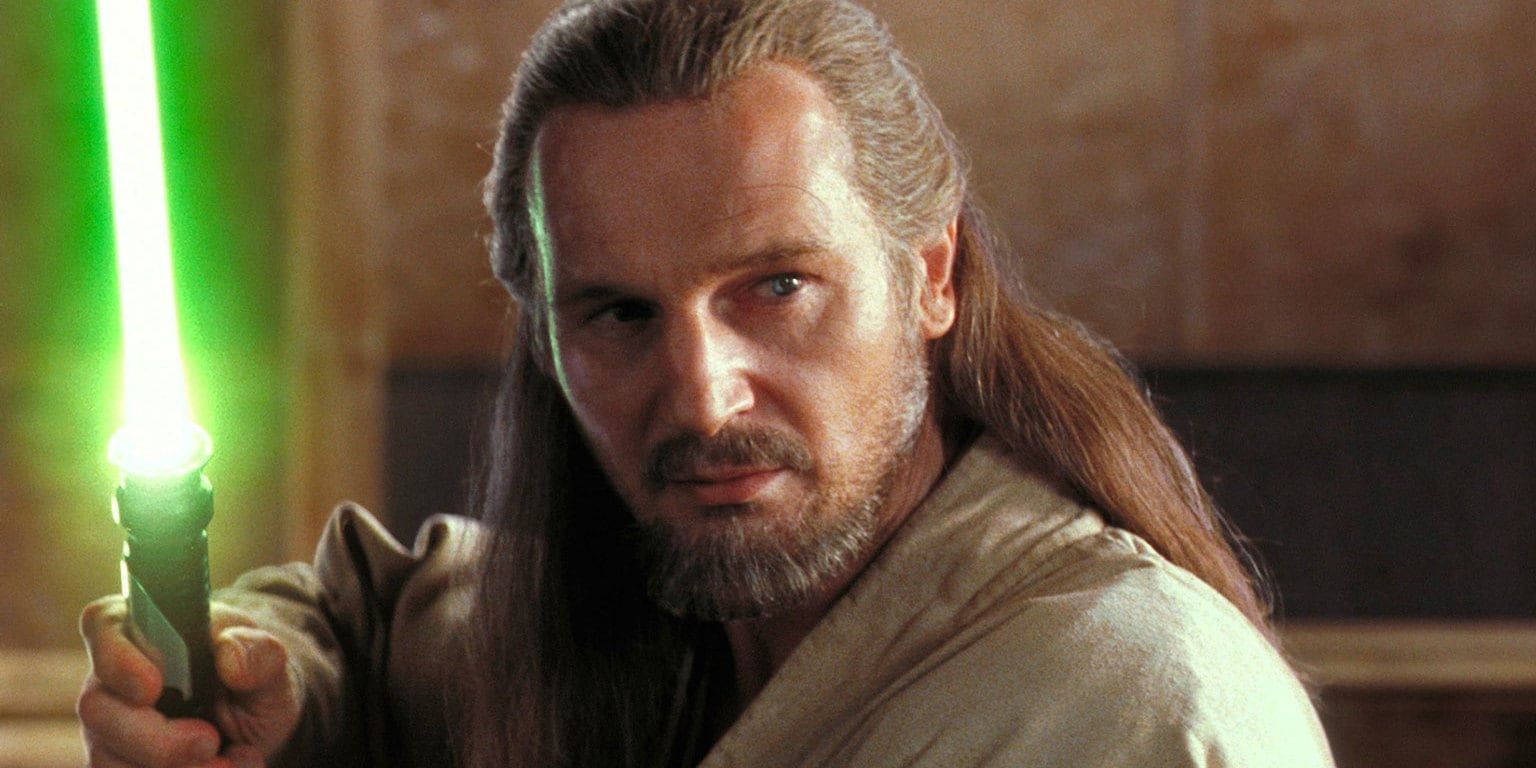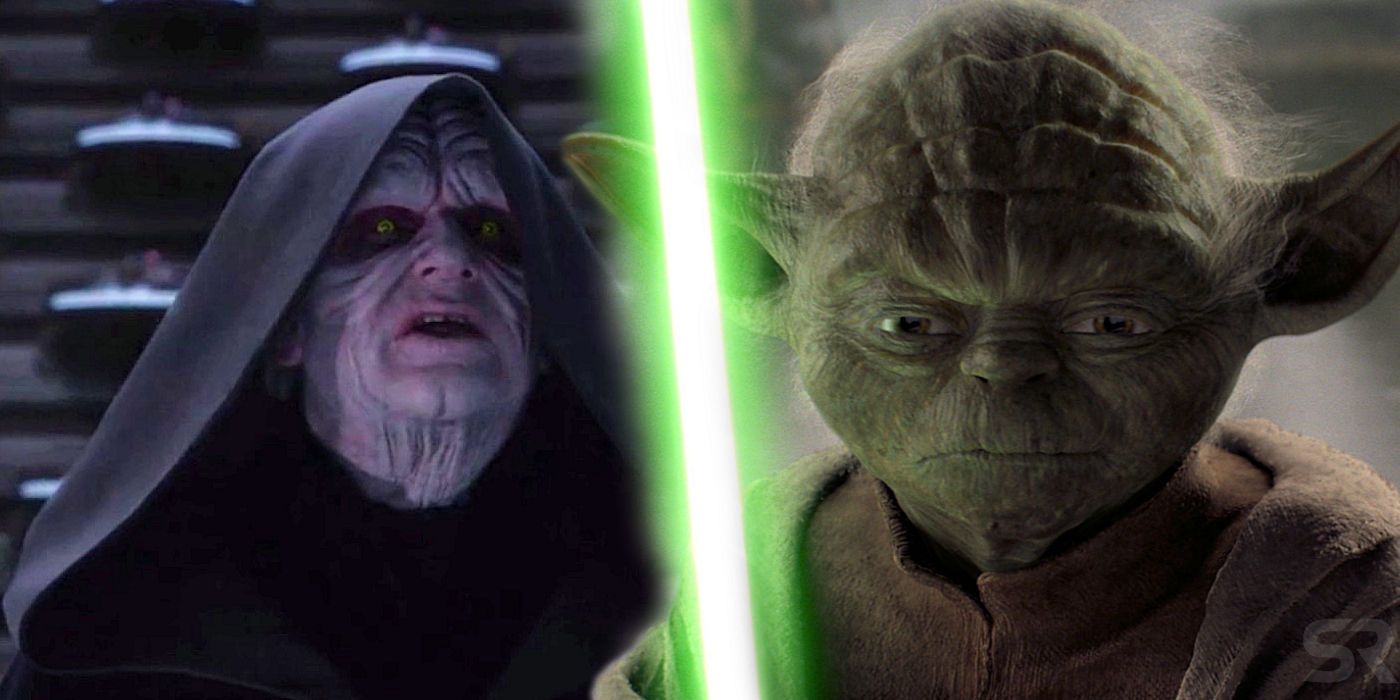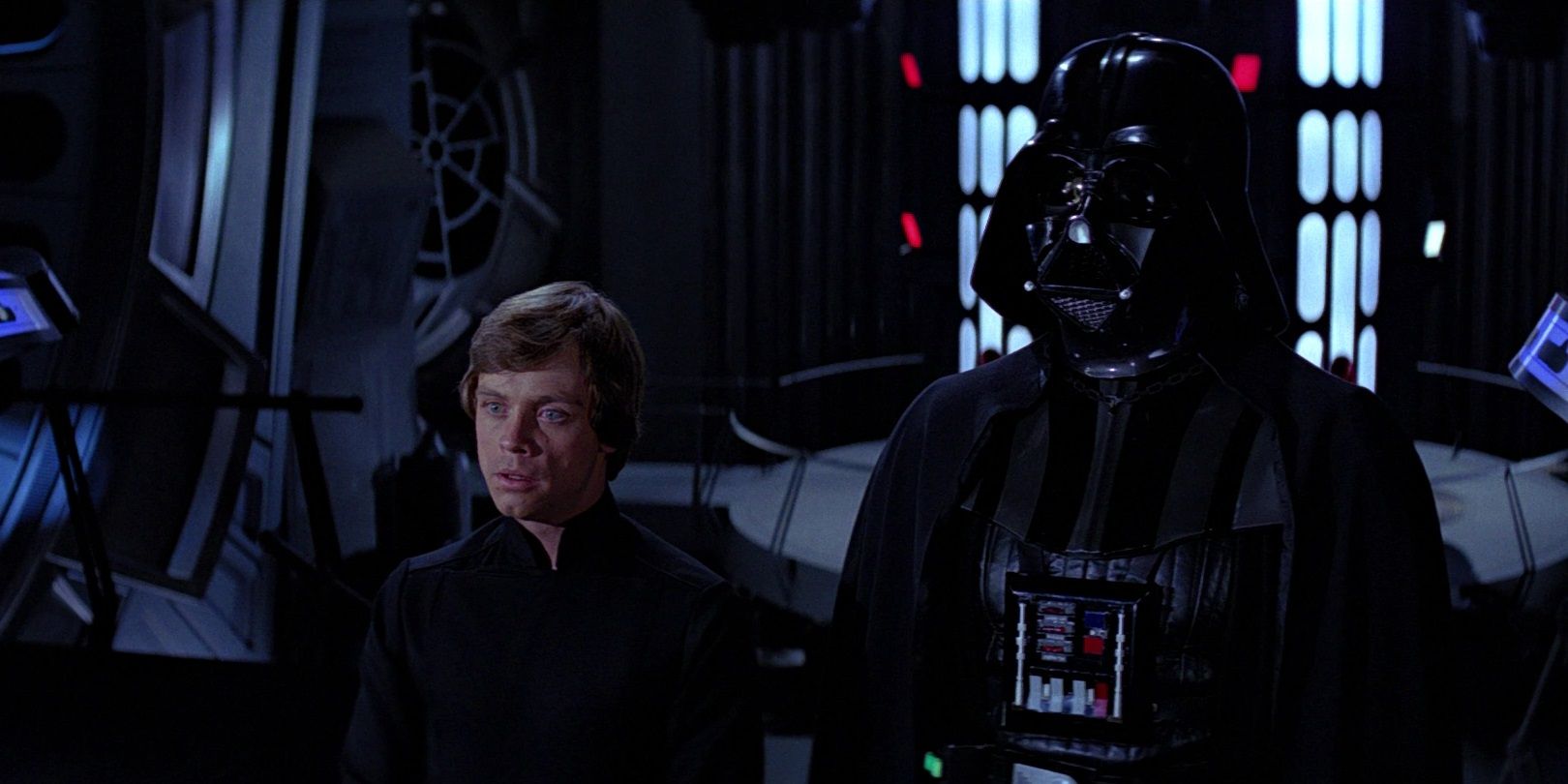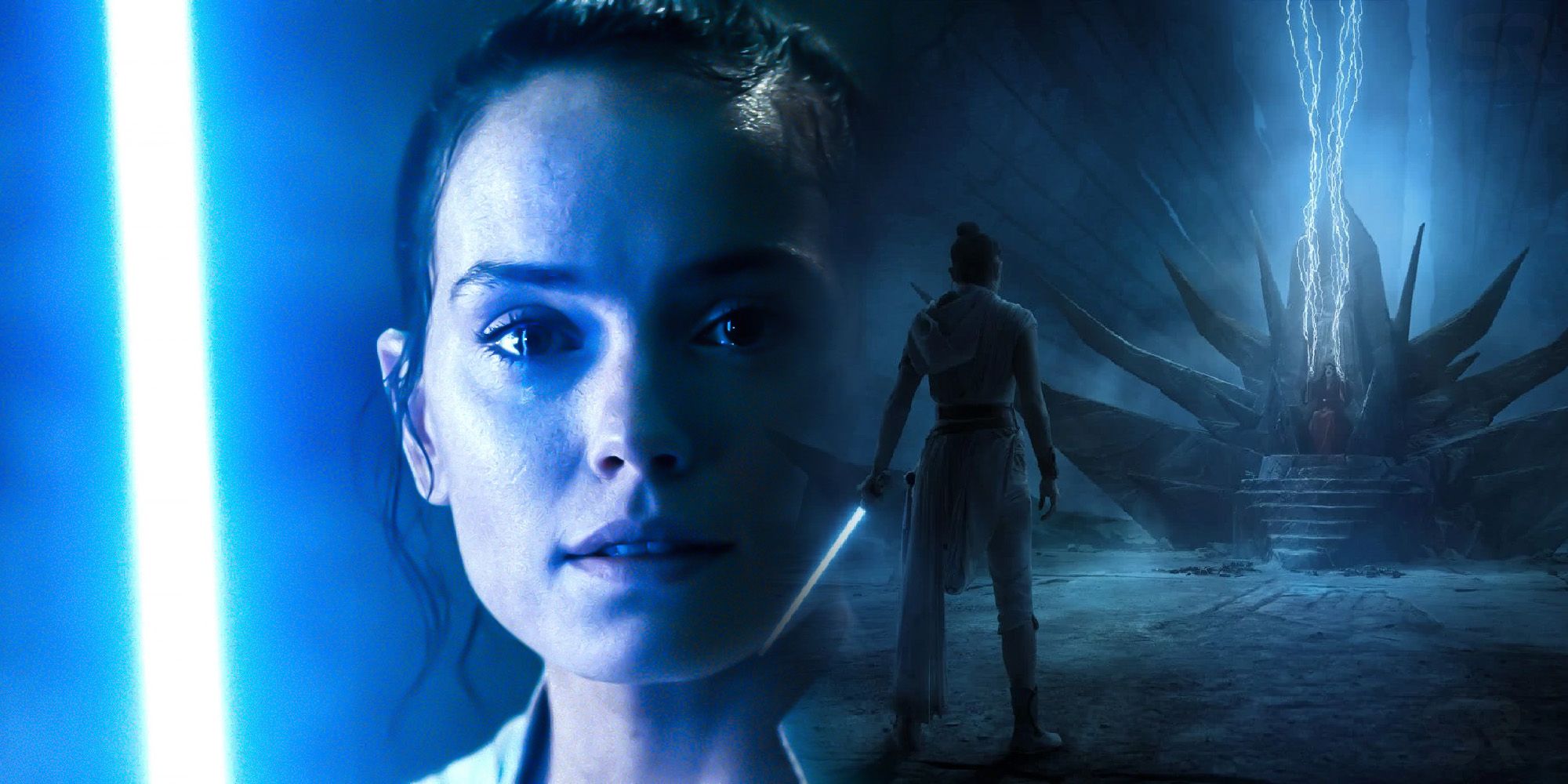Star Wars is the story of Anakin Skywalker, the Chosen One - and here's everything to know about how he fulfilled his destiny. When George Lucas launched the prequel trilogy with 1999's Star Wars: Episode I - The Phantom Menace, he began the process of reinterpreting the saga. No longer was it the story of Luke Skywalker, but rather it was the tale of his father Anakin. In order to cement this idea, he revealed Anakin Skywalker was the Chosen One, a mysterious being with a unique destiny.
This added a new Messianic element to the Star Wars franchise, with Anakin considered a human vergence in the Force. And yet, as important as the concept of the Chosen One may have been, Lucas avoided exploring it in detail. He never revealed the explicit words of the prophecy, and in Star Wars: Episode III - Revenge of the Sith even suggested (via Yoda) that it could have been misinterpreted. The one thing that could be said for certain was that Anakin Skywalker ultimately fulfilled his destiny on the Second Death Star, when he tossed Palpatine down a reactor shaft in Return of the Jedi. But even that now seems ambiguous, given Palpatine survived for Star Wars: The Rise of Skywalker. Here's everything known about the Chosen One, along with some of the implications raised by recent tie-ins.
The Origin of the Chosen One Prophecy
It's important to understand the early Jedi were very different to the order viewers saw in the prequel trilogy. Star Wars: The Last Jedi featured a mural dedicated to the Prime Jedi, the founder of the Jedi Order, and it suggested he was a servant of balance rather than dedicated to the light side of the Force. The dark and light aspects of the Force were given equal prominence in the mural, with the Prime Jedi representing the darkness in the light, and the light in the darkness. Cavan Scott's audiobook Dooku: Jedi Lost supports the idea the original Jedi were agents of balance, introducing an ancient Jedi mantra that considers balance another aspect of the Force, and venerates it.
The prophecy of the Chosen One appears to date from this time, and it is part of a collection of ancient Jedi prophecies foretelling a terrible trial that would threaten to overwhelm the galaxy. As revealed in Claudia Gray's novel Master & Apprentice, the Chosen One should be seen as a shining light of hope in a dark time:
"A Chosen One shall come, born of no father, and through him will ultimate balance in the Force be restored."
The interpretation of such prophecies is tricky, and over the millennia the Jedi seem to have seen several of their number fall to the dark side through studying them. As Master Yoda taught, it is one thing to receive a vision of the future from the Force; it is another to pursue such visions, attempting to control the flow of events. Those who sought to understand the prophecies risked becoming so focused on their visions that they tried to do the latter, hence falling under the sway of the dark side. For this reason, for fear of the dark, only a handful of prequel era Jedi had ever studied the prophecies in detail. Qui-Gon Jinn was one of the few.
What Is The Balance Of The Force?
The term "balance" has never really been defined in Star Wars, but an important clue can be found in comparing the Jedi with the Sith. Think of the Force like a great river, flowing towards the ocean; when a Jedi is perfectly balanced in and of themselves, they are like a cork caught up in the current, swept along on it. In contrast, the Sith reject the will of the Force, and attempt to impose their own wills upon it. Assuming the Jedi interpretation of balance is correct, the Sith are by nature an imbalance, as they egocentrically attempt to control the course of history. Thus the Jedi believed the Chosen One would be destined to destroy the Sith, an interpretation supported by out-of-universe reference books such as the Star Wars: The Last Jedi Visual Dictionary. This conflated the Chosen One's act of restoring balance with "the end of the Sith."
An alternative view, however - one that seems to be more akin to George Lucas' own personal interpretation - is offered in Star Wars: The Clone Wars, in the memorable Mortis arc. This story saw Anakin summoned to a mystical plane of existence to test whether or not he actually was the Chosen One. This realm was inhabited by three beings: Father, Son, and Daughter. Daughter represented the light side of the Force, Son the dark side, and Father the balance between them. His responsibility was to ensure the two lived in harmony together, neither overwhelming the other. If this view is correct, then both light and dark should be seen as essential parts of life. The Chosen One's role, like Father's, is to ensure neither is dominant in the galaxy as a whole.
Other Force traditions have their own definitions of balance. As an example, Greg Rucka's novel Guardians of the Whills contains a quote ascribed to a group called the "Ascendant of Mau," which seems to have a significant bearing on the issue.
"The moment between breaths
Is the balance of the Force.
Between life and death,
Rest and action,
Serenity and passion,
Hope and despair."
Note this contradicts both the Jedi and Sith Codes, because it suggests balance is to be found neither in serenity nor in passion, but rather in the moment between them. Furthermore, it envisions balance as a transitory state of affairs, something temporary, akin to "the moment between breaths." If the Ascendants of Mau are correct in their interpretation, then the Chosen One can only ever bring about a temporary balance.
Why The Force Had Lost Its Balance
Whatever balance may be, this much is certain; the Sith are the greatest cause of imbalance in the Force. It's unclear whether this is true of all Sith cults, or simply the one founded by Darth Bane, which was able to operate in the shadows and build its power over the course of a millennium. The Jedi believed the Sith extinct, and thus were unaware of the manipulative minds orchestrating events across the galaxy. Little by little, the flow of the Force was redirected according to the Sith design. Palpatine was the culmination of this, the beneficiary of a thousand years' worth of planning. He was able to become Chancellor of the New Republic and then Emperor, dominating the galaxy. Worse still, because Darth Sidious had mastered the technique of Essence Transfer, he could potentially escape death and transfer into a dark side vessel. He became the imbalance made manifest, and without the Chosen One it is possible his Empire would have endured forever.
Interestingly, Lucasfilm has recently hinted there was also another source of imbalance; the Jedi themselves. The High Republic books and comics are redefining audiences' understanding of the Force, revealing previous generations of Jedi who had embraced individuality in a way those of the prequel era did not. Unfortunately, as Master Yoda grew dominant in the Jedi Order, his personal interpretation of the Force naturally overwhelmed all others. Thus the Jedi of the prequel era have a diminished understanding of the Force, and are just a shadow of their former glory. The light had dimmed, just as the darkness grew ascendant.
How Anakin Skywalker Brought Balance To The Force
As noted, the Sith reject the will of the Force, attempting to impose their own wills upon it. Thus the Star Wars saga is best understood as the battle between those two wills, with the Force bringing the Chosen One into play and Palpatine trying to use Anakin Skywalker as his pawn. It's notable the Force ensured the Chosen One was born outside Republic space, meaning he did not become a Jedi as soon as he was born; when the Force did direct a Jedi to Tatooine, it was Qui-Gon Jinn, one of the few to truly understand the concept of balance and to have studied the prophecies. Unfortunately, Qui-Gon Jinn was killed in that fateful duel with Darth Maul, leaving Anakin deprived of his mentorship. Anakin was taken to the Jedi, and trained under Obi-Wan Kenobi instead.
Palpatine orchestrated the Clone Wars as the ultimate Jedi Trap, culminating in Order 66, with Anakin Skywalker personally taking charge of the slaughter of the Jedi. Although the Emperor conceived this as his greatest triumph, it is possible Yoda's Jedi had become so diminished they needed to be cleared away in order for a new Jedi Order to rise from the ashes. If this is the case, ironically Palpatine helped Anakin fulfil the Chosen One's destiny; the will of the Force was triumphant even in the tragedy of Order 66.
And then, years later, Anakin - now Darth Vader - betrayed his Master. Had he done so out of anger or malice, rage or fury, Palpatine's spirit could have possessed him. But Luke had reached something good buried deep inside him, and as a result Darth Vader killed Palpatine out of love. At the moment of his death, when his spirit soared out of the Death Star Reactor to look for a host, Palpatine found only the light side of the Force awaiting him. This was literally the only way Darth Sidious could lose.
Does Palpatine's Return Invalidate Anakin's Destiny?
Palpatine's own method of resurrection, Essence Transfer, had failed. His disciples found another way to bring him back, however, taking advantage of a Force vergence on the planet Exegol, where the veil between life and death is thin. It's hardly a surprise to see the Sith attempt to subvert and defy the will of the Force, as made manifest through the Chosen One prophecy, but it's worth noting they were only partially successful. Palpatine's spirit was left trapped in a decaying body, unable to leave Exegol until he found a new vessel capable of containing his power.
Meanwhile, from a certain point of view, Rey should be considered Anakin Skywalker's champion. She receives a call to adventure through Anakin Skywalker's lightsaber, the weapon his spirit had bonded with during his years as a Jedi. When she stood against Darth Sidious on Exegol, Anakin's was one of the voices to spur her on. "Rey," Anakin called out. "Bring back the balance, Rey, as I did." In that moment, Anakin reaffirmed the mission he had called her to through his lightsaber, and that blade was one of the ones Rey used to destroy Palpatine utterly.
Finally, when the dust settled from the Battle of Exegol, Rey constructed a new lightsaber of her own - a yellow one muted from Jedi blue and Sith red, standing for balance. She should therefore not be seen as nullifying Anakin Skywalker's mission, but rather continuing it. She is the beginning of a new Jedi Order, one no longer influenced so prominently by Master Yoda but rather true to the ancient texts, one standing for balance not for light or dark. When Rey ignited her new yellow lightsaber, she symbolically declared Anakin Skywalker's mission complete, and brought the Star Wars saga to a triumphant close.

